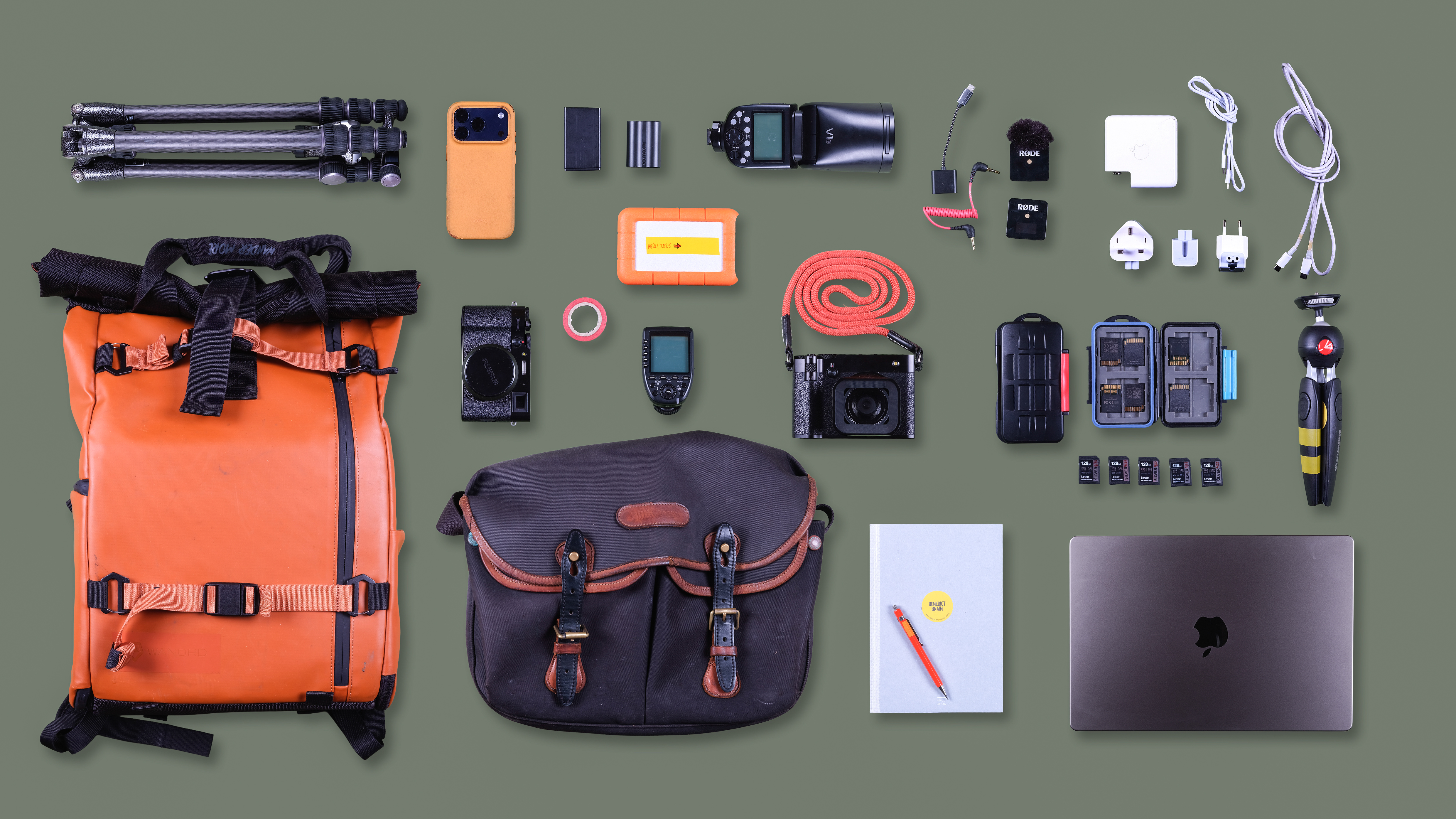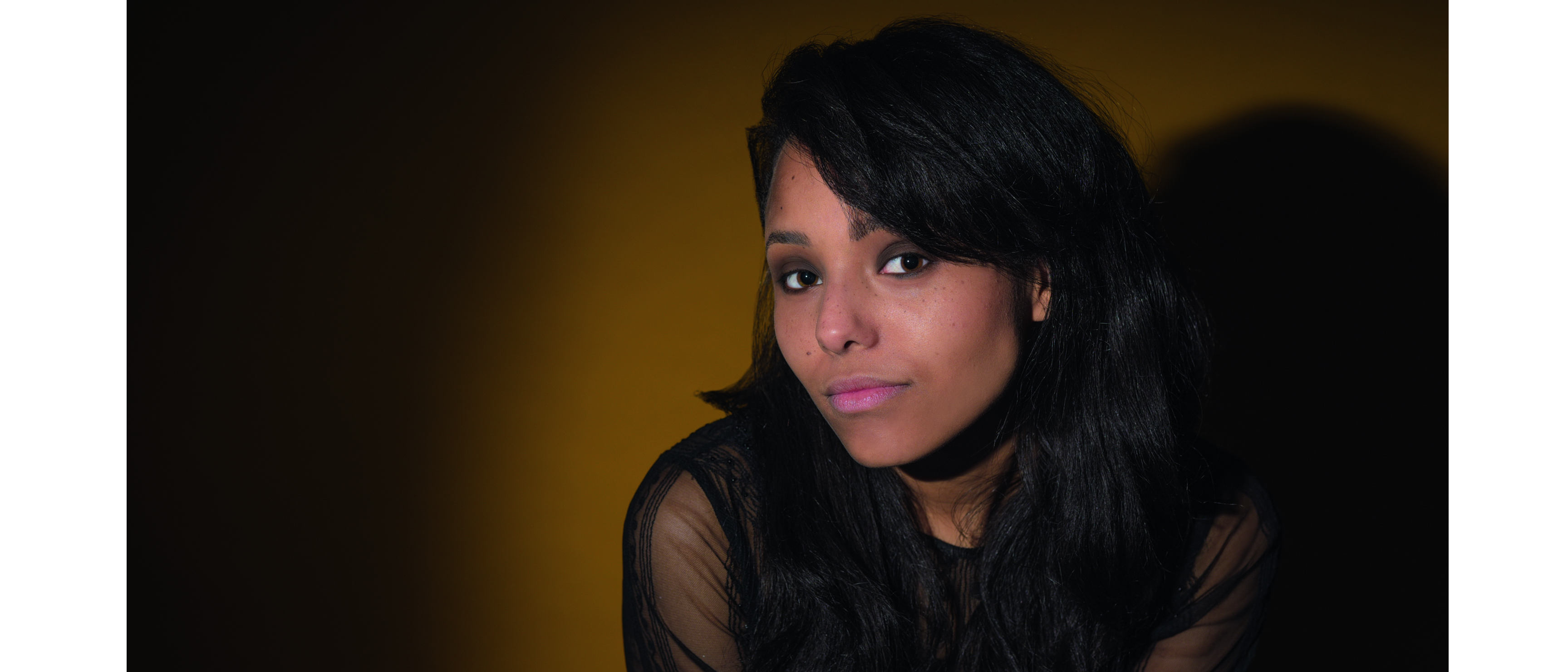
To get started with off-camera flash
Time: 30 minutes
Skill level: Beginner
Kit needed: DSLR, flashgun, wireless flash triggers, light stand
Read the first part of this feature: How to use flash for your photography: Part 1
When we get started in photography, we all buy the essentials: a camera body, a standard zoom lens, and maybe a tripod.
Then we start snapping away and learning about the camera, but what many people overlook is learning about light: its quality, position, intensity and colour.
As photographers, we don’t have to wait for the light to be right, or make the best of what we’ve got; we can take control of it.
We're going to start by showing you how to use your flash away from the camera. We’ll show you how to set up your flashgun, get it firing, and balance its power with your camera settings for a stunning portrait.
You don’t need any fancy equipment. A basic 18-55mm f/3.5-5.6 kit lens will be fine for this, as it’s the light that makes the shot. We’ve used a maximum aperture of f/5.6, so you can see that super-wide aperture isn’t essential for taking great photos.
Also, there are no light meters here – we’re going guerilla-style to use our off-camera flash in the simplest way possible.
The best camera deals, reviews, product advice, and unmissable photography news, direct to your inbox!
Read more: Three key lessons for every new photographer
Step by step: Take your flash off-camera

1. Fit your triggers
Attach your wireless triggers to your camera and flash. We picked up some triggers for just £10/$20. The transmitter sits on your camera’s hot shoe and sends a signal when the shutter is activated. The receiver sits under the flash and triggers it when it receives the signal.
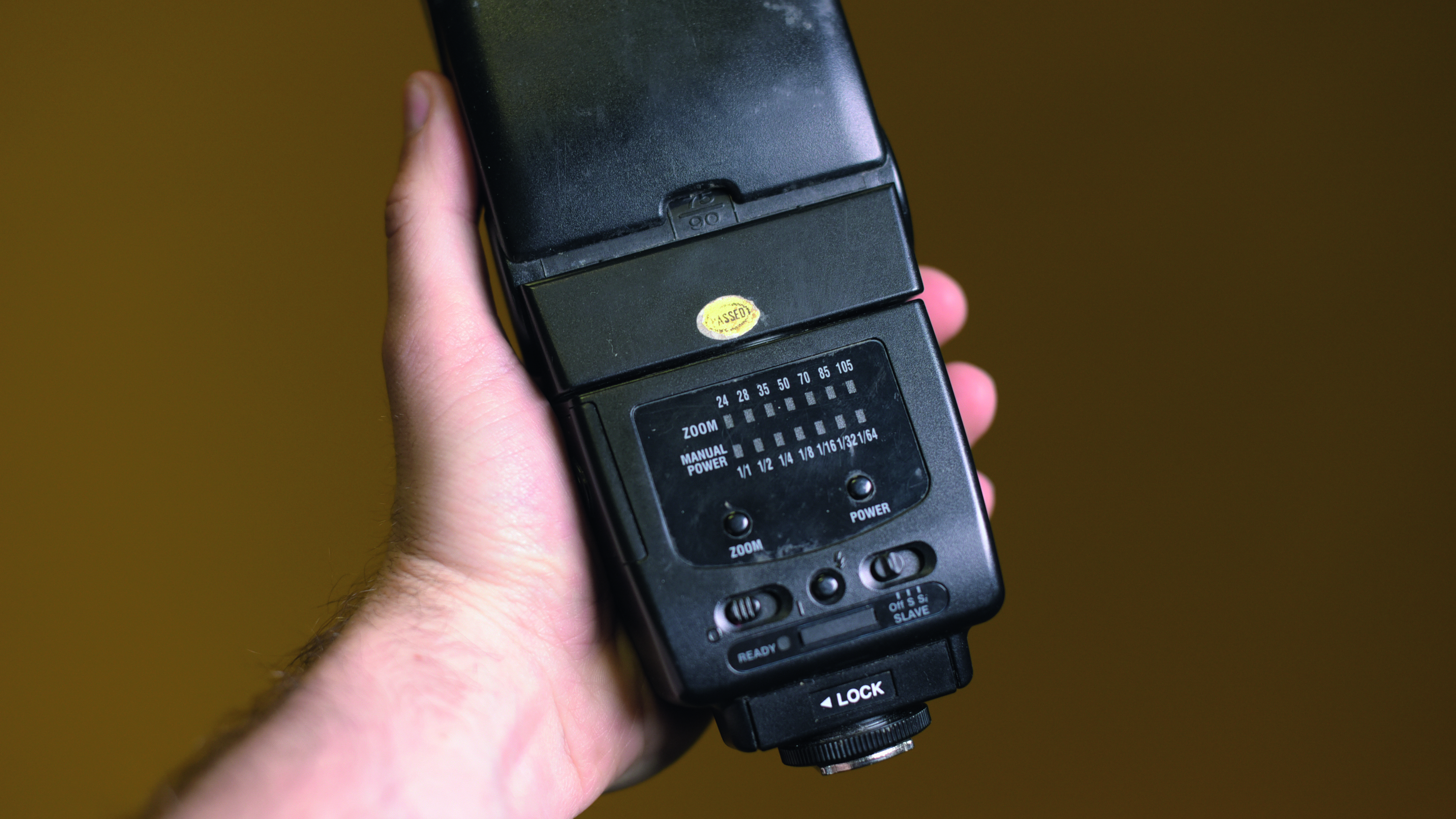
2. Prepare for manual
It’s manual-flash-only with most low-cost triggers, including ours – TTL is not supported. TTL (through the lens) is when the camera communicates with the flash and sets the power based on the camera settings. Manual just means you have to adjust the flash power yourself.
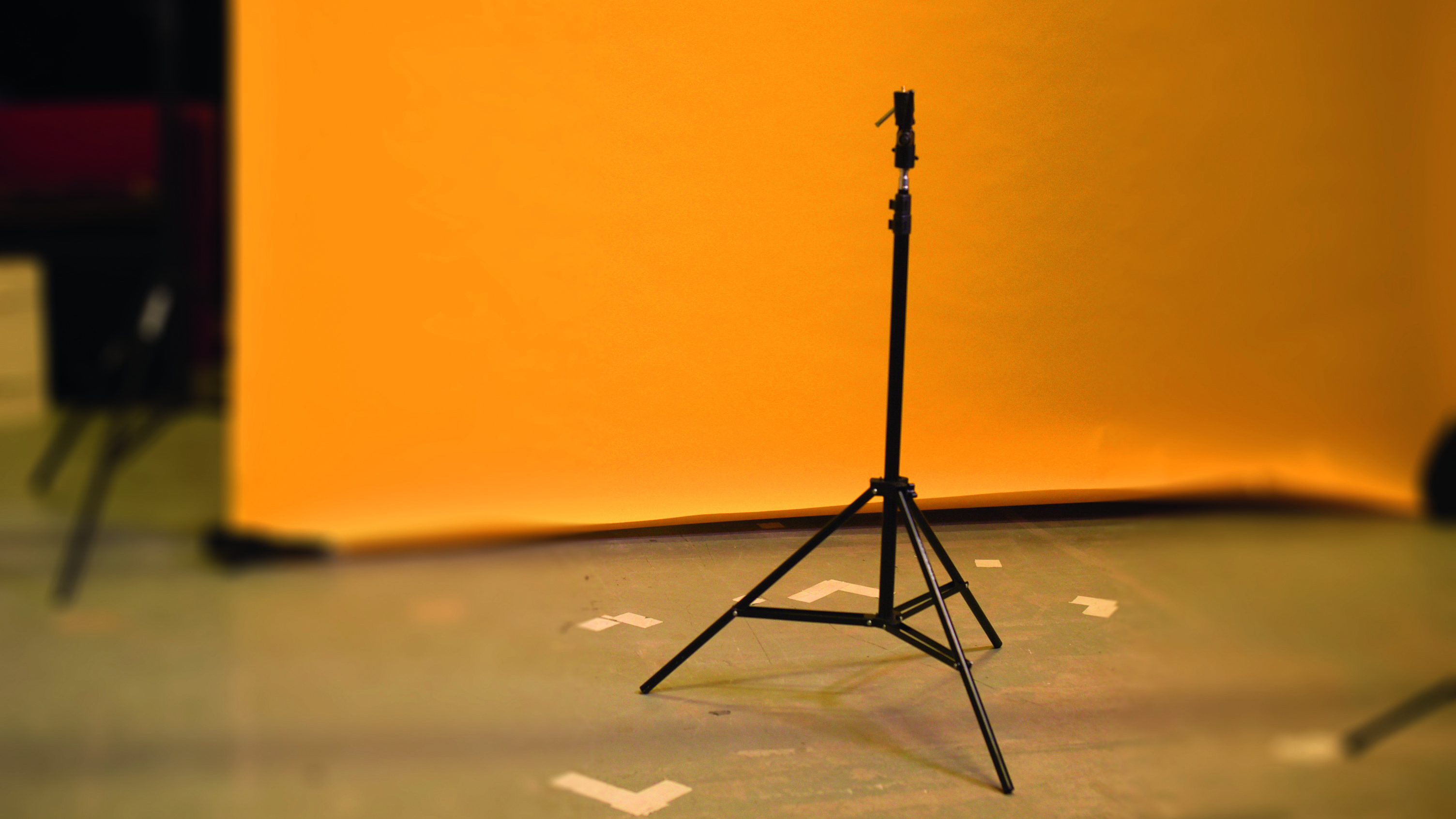
3. Use a stand
Put your flashgun on a light stand. If you don't have one, you can get one quite cheaply online. If you don’t have a stand, place it on a nearby surface. This isn’t ideal, as it will limit the height and position at which you’re able to place your flash, but it may still work for your particular setup.
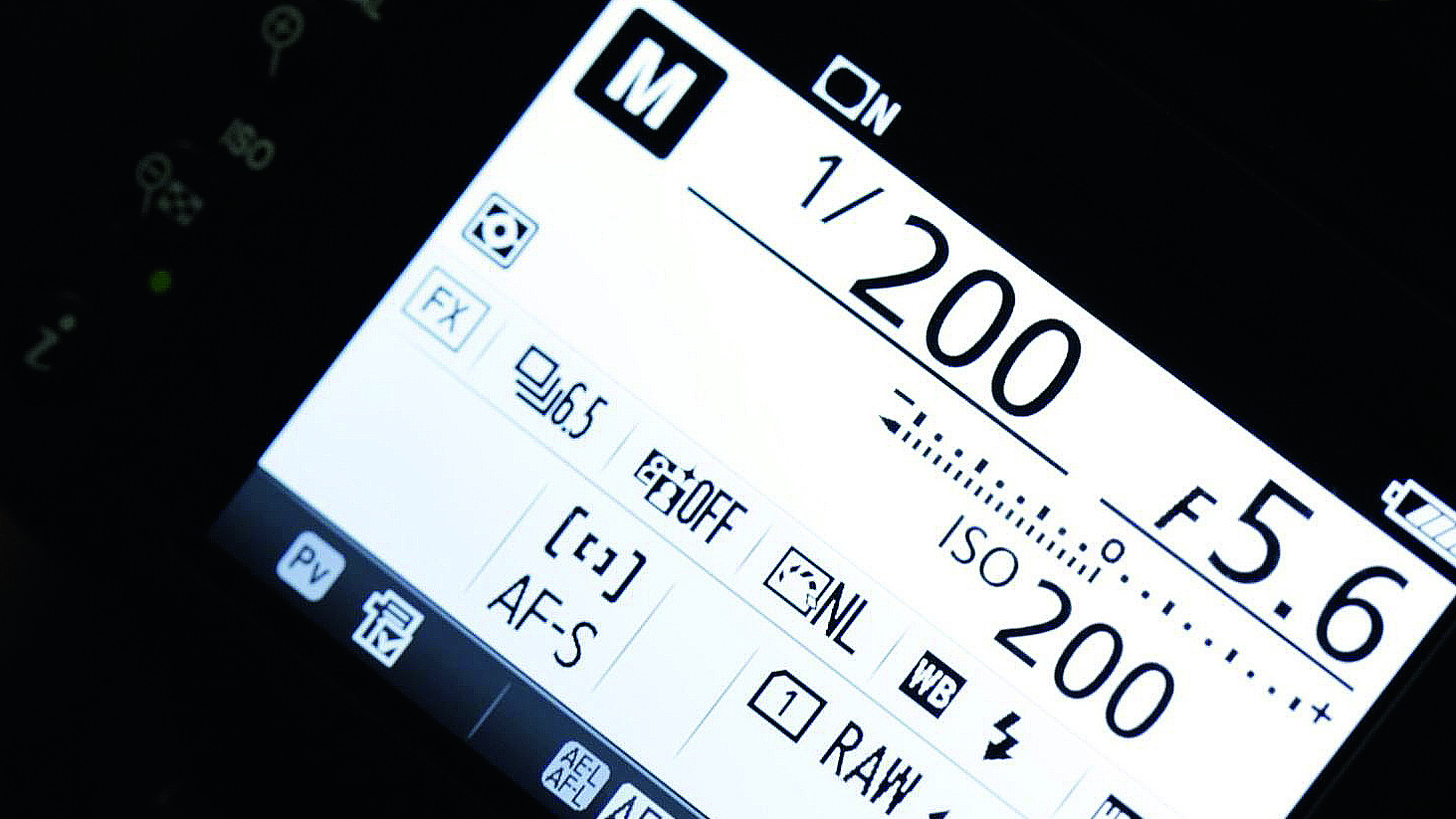

Set your white balance to Flash for accurate colour reproduction. If you’re shooting in Raw you needn’t worry about this, as you can change it later, but it’s imperative when shooting straight to JPEG because you can’t change this after the fact. The shot above is half-Auto, half-Flash.
4. Get set up
Get your model into position, then set up your camera. To start, set your shutter speed to 1/200sec, your aperture to f/5.6, and your sensitivity to ISO 200. (1/200sec is our flash sync speed and f/5.6 is our lens’s widest aperture.) Put your flash to the side of your model at head height, at a distance of three feet away, before setting it to half power and taking the shot.

5. Try more options
Next, set the flash five feet away from your model, keeping it aimed at them and positioned 45 degrees to one side, relative to the camera. It should sit about a foot above the model’s head. Keep experimenting – after a few photos we moved our flash at an angle of 90 degrees to the camera to get sidelight.

You can do this indoors or outdoors, so have a play in a variety of locations. If you find yourself outside on a sunny day, put the sun behind your model’s shoulder and use your flashgun to fill the model with light from the front.
6. Adjust the light
If your shot is underexposed, increase the ISO or the flash power – and do the opposite if the shot is overexposed. If you’re using an 18-55mm kit lens, you’re already at the widest aperture setting. The shutter speed won’t make a difference to the flash’s intensity, so leave it alone.
Read more: The best digital cameras in 2017
N-Photo: The Nikon Magazine is a monthly publication that's entirely dedicated to Nikon users. As a 100% independent magazine, you can be assured of unbiased opinion from a trustworthy team of devoted photography experts including editor Adam Waring and Deputy Editor Mike Harris.
Aimed at all users, from camera newcomers to working pros, every issue is packed with practical, Nikon-specific advice for taking better photos, in-depth reviews of Nikon-compatible gear, and inspiring projects and exciting video lessons for mastering camera, lens and Photoshop techniques.
Written by Nikon users for Nikon users, N-Photo is your one-stop shop for everything to do with cameras, lenses, tripods, bags, tips, tricks and techniques to get the most out of your photography.

